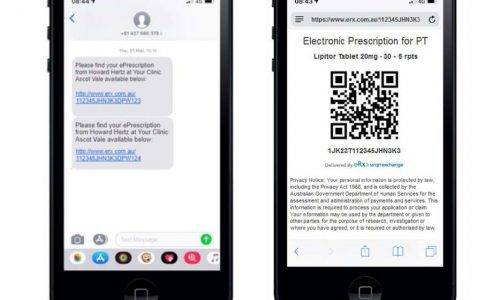It’s a bit of a quandary – too much sun causes skin cancer, but not enough means inadequate Vitamin D. How do we make sure we are getting enough, why is Vitamin D so important and how do our needs change as we age?
Vitamin D is found in small amounts in the diet, the best sources are fatty fish such as salmon and sardines, as well as cheese and eggs. For example 1 egg contains 41 IU and 2 sardines contain 46IU, but this is less than 10% of the daily recommended amount of 1000IU per day for an adult.
90% of our Vitamin D comes from conversion of cholesterol in our skin through the action of sunlight. According to the Cancer Council we need almost 30 minutes per day of sun exposure in winter in Sydney to an area equivalent to the face, arms and hands. This compares to only a few minutes per day in summer. People with naturally dark skin need at least three times this amount.
As we age the chance of developing low levels of vitamin D is higher. There are a few reasons for this:
• The absorption of vitamin D is reduced from the diet.
• The conversion of cholesterol to vitamin D by the sun is reduced.
• The conversion from the inactive to the active form of vitamin D is less efficient.
Studies suggest that up to half of Australians have vitamin D deficiency. Low levels of vitamin D are associated with an increased risk of many diseases including osteoporosis, multiple sclerosis, diabetes, heart disease, Alzheimer’s disease, asthma, Crohn’s disease and psoriasis.
Levels peak at the end of summer and fall steadily over winter, so now is the time to make sure your levels are maintained over the winter months. This can be achieved by spending 30 minutes per day outside in the sun, eating more oily fish and eggs, or taking supplements in the form of drops or capsules.
Please talk to us in the pharmacy if you would like more information.

